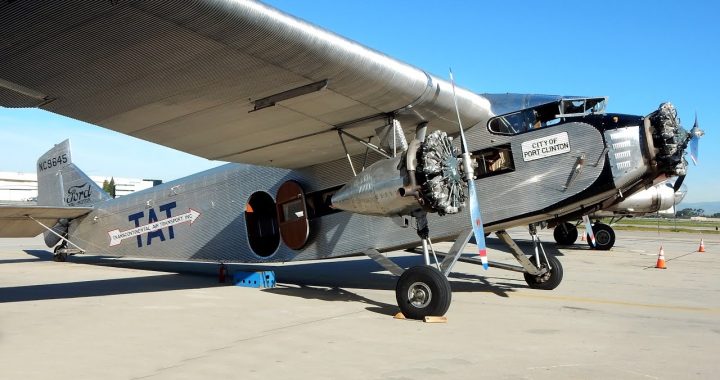Ford Trimotor: The Civilian and Military Transport Aircraft
The aircraft for today is designated as Ford Trimotor which is also known by its nickname the Tin Goose. The Ford Trimotor is the 3-engine aircraft that is built for transportation. The production of the Ford Trimotor was started way back in 1925 by the companies of Henry Ford and the final product was unveiled … Continue reading Ford Trimotor: The Civilian and Military Transport Aircraft
